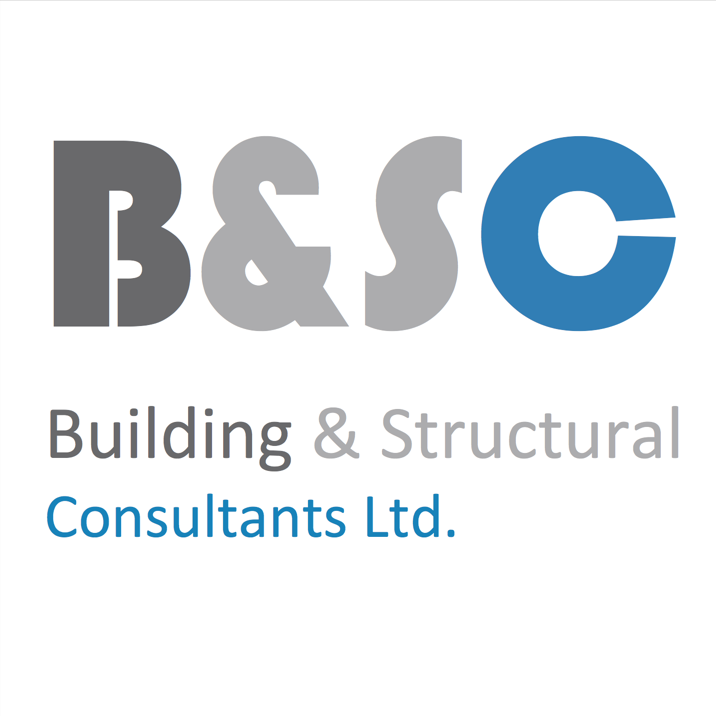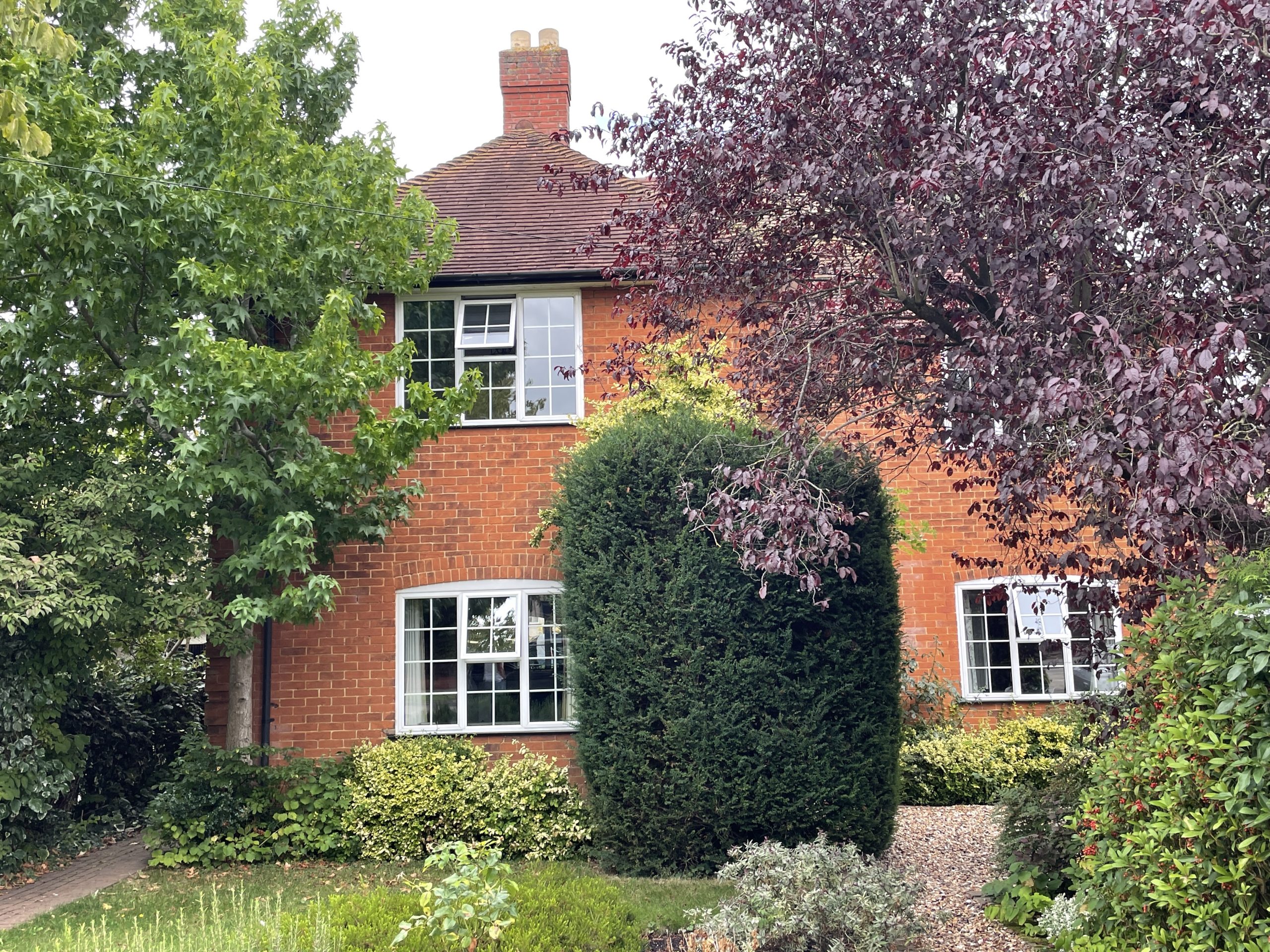Clay subsidence is something you really don’t want to get and is in most cases completely avoidable.
Why bother?
Most subsidence damage is minor in structural terms and not dangerous to occupants, but repairs can be extensive, very disruptive and very costly, and it can devalue your home by as much as 20%.
Once you’ve had subsidence you are bound to disclose that to your insurers, mortgage lender and any potential buyers. Some might think that saying nothing keeps them legally in the clear, but failure to disclose past subsidence (even when fully repaired) can result in big problems such as a contractual claim against you from your buyer. Failure to disclose can also result in an insurer refusing to honour any buildings damage claim (even one unrelated to subsidence – like a fire), applying a retrospective premium hike, withdrawing subsidence cover or cancelling a policy altogether.
Subsidence can have a significant adverse effect on your property value – which may linger for some years after it has been properly cured and repaired (though it should usually eventually recover). Many buyers are wary of buying houses which have suffered from subsidence, fearing that it could happen again or they are somehow blighted and might be difficult to sell on. Such fears are often unfounded but if a buyer has a choice of similar properties some of which have a ‘clean” structural history they may prefer to buy one of those instead of taking any perceived risk on one with a record of subsidence.
Most insurance policies cover subsidence (usually with a £1000 excess) but making a claim can be a prolonged and frustrating drama, dragging on for months or years whilst monitoring takes place – and wrangles with third parties over trees which can ruin good neighbourly relations. It can also result in premium increases being applied. In extreme cases some insurers have been known even refuse to renew, leaving competitors to pick up your risk (often at a significantly increased premium).
Prevention is much better than cure
Also, if you don’t put a third-party tree owner on proper notice of risk (including supplying appropriate technical evidence) they may be justified in taking no action. If their tree then causes subsidence, you may have no recompense against them as they can potentially avoid liability based on lack of reasonable foreseeability. Recent case-law (involving a local authority tree owner) supports this.
A positive Risk Assessment Survey may well result in more favourable insurance terms being reintroduced, properties being more saleable, or removing a neighbour’s defence of lack of foreseeability.
So how do you prevent it from happening?
Tree management is the simple answer, but what do you remove and what can you keep? Shrubs and bushes can cause minor subsidence too.
Some Arboricultural Consultants offer a risk assessment service where they will conduct a detailed site & vegetation survey and provide a full management plan (listing specific action on specific trees bushes and shrubs). However, root-induced subsidence is only a risk on shrinkable clay subsoils, and clays vary widely in shrinkability. Some are so low in shrinkability that the risk can be ignored. Without a subsoil investigation to establish clay shrinkability, the Arboriculturist is likely to assume a worst-case scenario which might result in your garden being unnecessarily denuded of attractive vegetation. Also, their report might be less likely to persuade a neighbour to remove a tree if it were based on broad assumption rather than established fact.
Establishing soil susceptibility is an essential first step towards a sensible plan which doesn’t unnecessarily clear your garden of trees shrubs and bushes – keeping your gardens helpful to the planet a little too. It also avoids wasting money on an unnecessary Arboriculturist’s report and tree management in cases where subsoil is found to be of very low shrinkability or non-shrinkable.
What we offer
One of our experienced Subsidence Consultants will have an initial video call with you and carry out a desk-study (checking satellite and geological data, plus our own past investigation records for your area etc.) in order to make an assessment of what site investigations might be necessary (if any), and what would make an Arboriculturist’s Tree Management Plan more balanced and measured. We can then arrange those site investigations, and make a further video call with our site investigation contractor on site to assess what soil testing is appropriate at a soils lab, and arrange for that to be carried out too. Alternatively, we can guide you as to how to take your own soil sample and get it properly tested. Once the lab results are in, these can be passed to your Arboricultural Consultant before their tree survey.
In some cases you might find that soils are not what you expect, and our expert assesses not to be at risk of subsidence – in which case you can save the cost of an Arboriculturist’s survey and lab testing.
Our site operative can also find appropriate root samples to retrieve for botanical identification if desired. That might help assess which particular tree poses the most imminent threat or help persuade a third party of the need to remove a specific tree.
Foundation depths are also useful to know. Our expert will have a good idea of what sort of depth they are likely to be (based on their knowledge of Building Regulations in force at the likely time of construction), but establishing actual foundation depth (by digging a trial pit down to the bottom of the foundation) is the surest way as foundations are not always built to Regulations. Our site operative can do this for you (reinstating the surface afterwards), or if you are handy with a spade and want to save costs you can do it yourself. Our expert can guide you where the excavation should be, how deep / wide the hole might need to be etc.
In short, our Subsidence Consultancy team will help you to establish the real risk of clay shrinkage subsidence to your property so that you can get a sensible and measured vegetation management plan put in place which could avoid clay subsidence occurring in the first place, without spoiling your gardens.
Costs are as follows (prices are inclusive of vat);
Risk Assessment Survey; video call with Subsidence Consultant, and written advice – £270
Possible additional costs;
Site Investigation team (half-day rate for trial pits / boreholes) – £550 (you may be able to undertake this yourself to avoid these costs)
Soil testing in soils lab for plasticity (if required) – £175 per sample (usually just one per borehole) (this may be unnecessary if the plasticity of the clay is obvious to us from a visual inspection)
If after the risk assessment you wanted a carefully managed vegetation control plan, we can put you in touch with one of our partner Arboricultural Consultants for you to use if you wish, but you would engage them directly for the tree survey and vegetation management report. Costs for that are typically around £300 – £400.
Subsidence can occur for other reasons too, not related to clay shrinkage such as leaking drains, and (very uncommonly) underground water courses and collapses of below-ground voids such as mines or swallow holes etc., but our Assessments cannot cover such risks. Our advice is purely relating to avoiding the most common form of subsidence – clay shrinkage.


